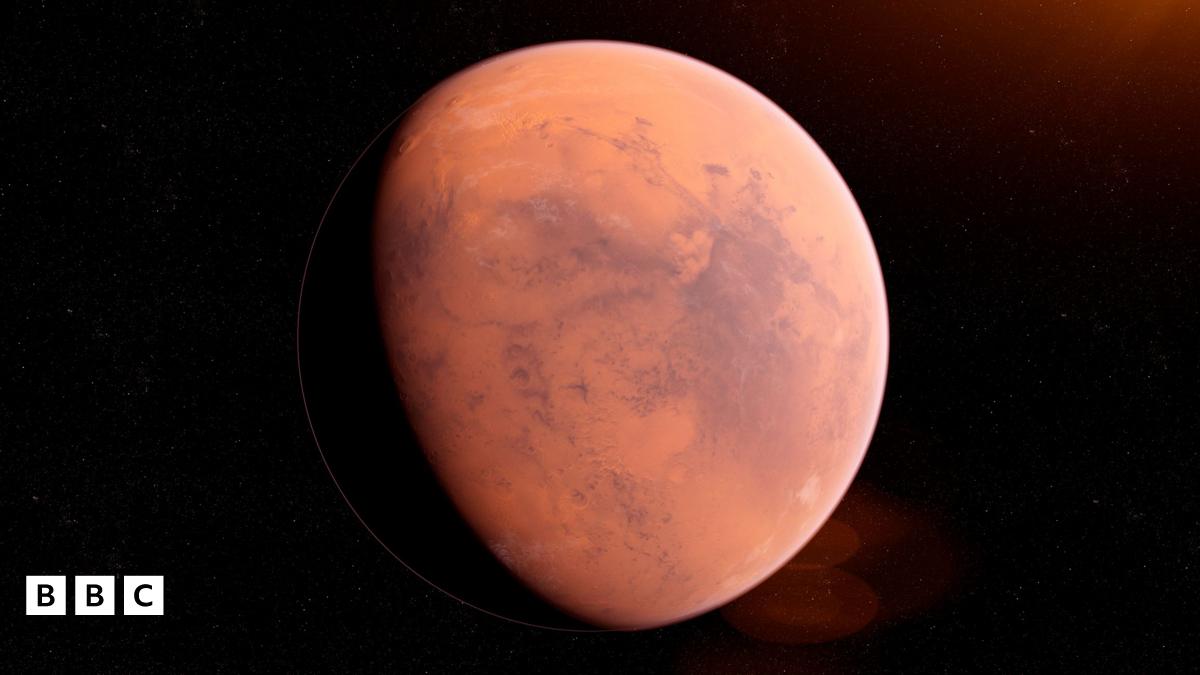The new study led by Dr. Valentin Bickel from the Centre for Space and Habitability at the University of Bern looked at images from cameras on board two orbiters: European Space Agency’s (ESA) ExoMars Trace Gas Orbiter and ESA orbiter Mars Express.
The team looked at images for around 300 of the identified dust devils in order to measure their directions of movement and speed.
The results, published in the journal Science Advances, show that the dust devils and the wins surrounding them can reach speeds of about 100 miles per hour across the entire planet, which is much more than previously thought.
The high wind speed affects the amount of dust produced.
“These strong, straight-line winds are very likely to bring a considerable amount of dust into the Martian atmosphere – much more than previously assumed,” says Bickel.

